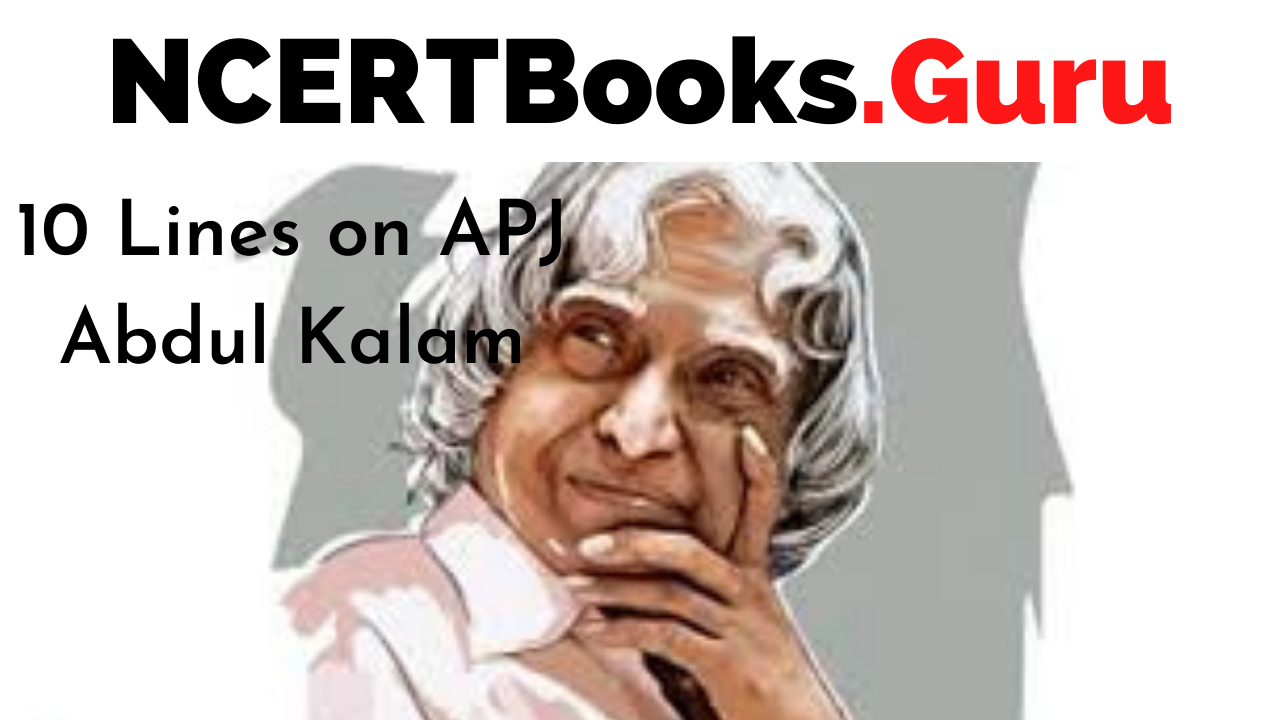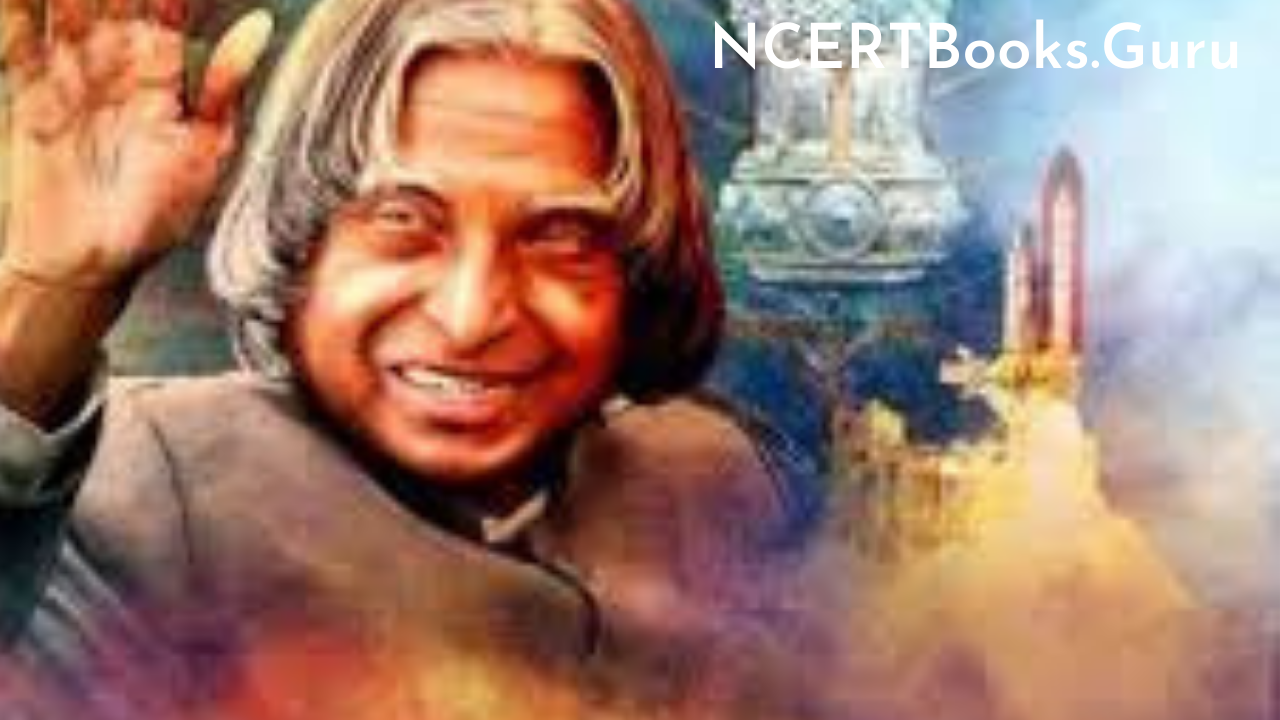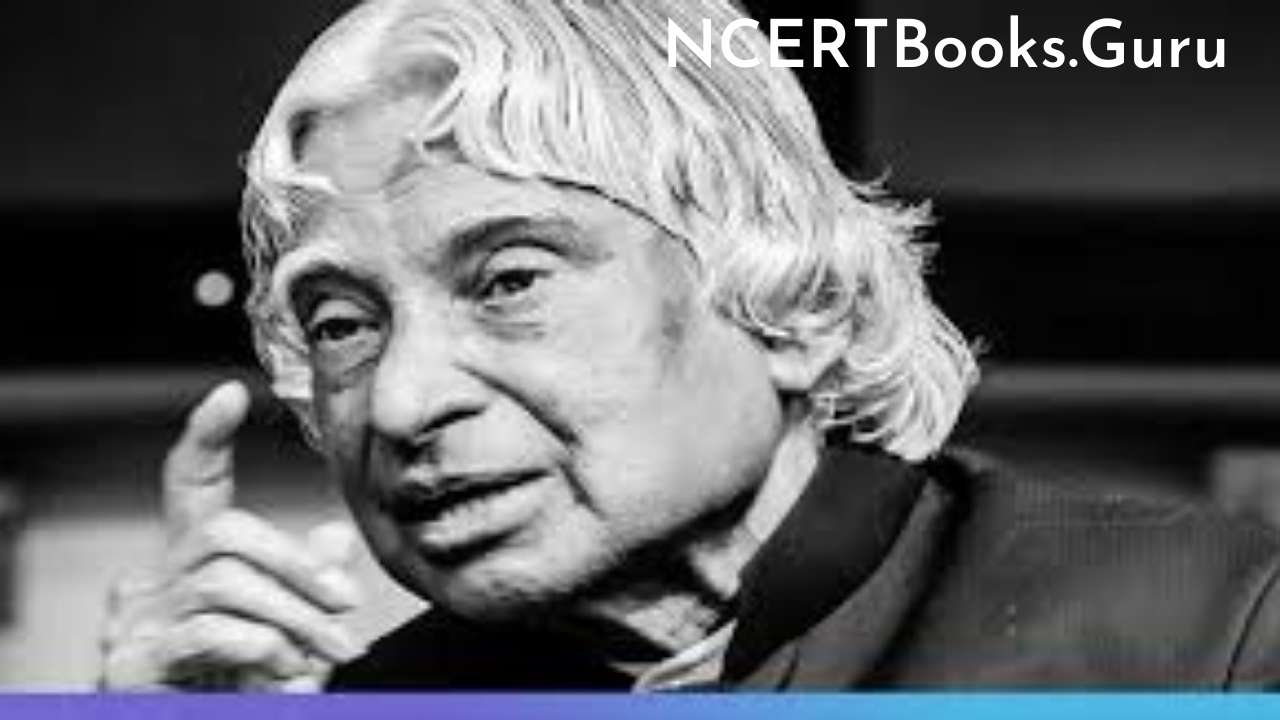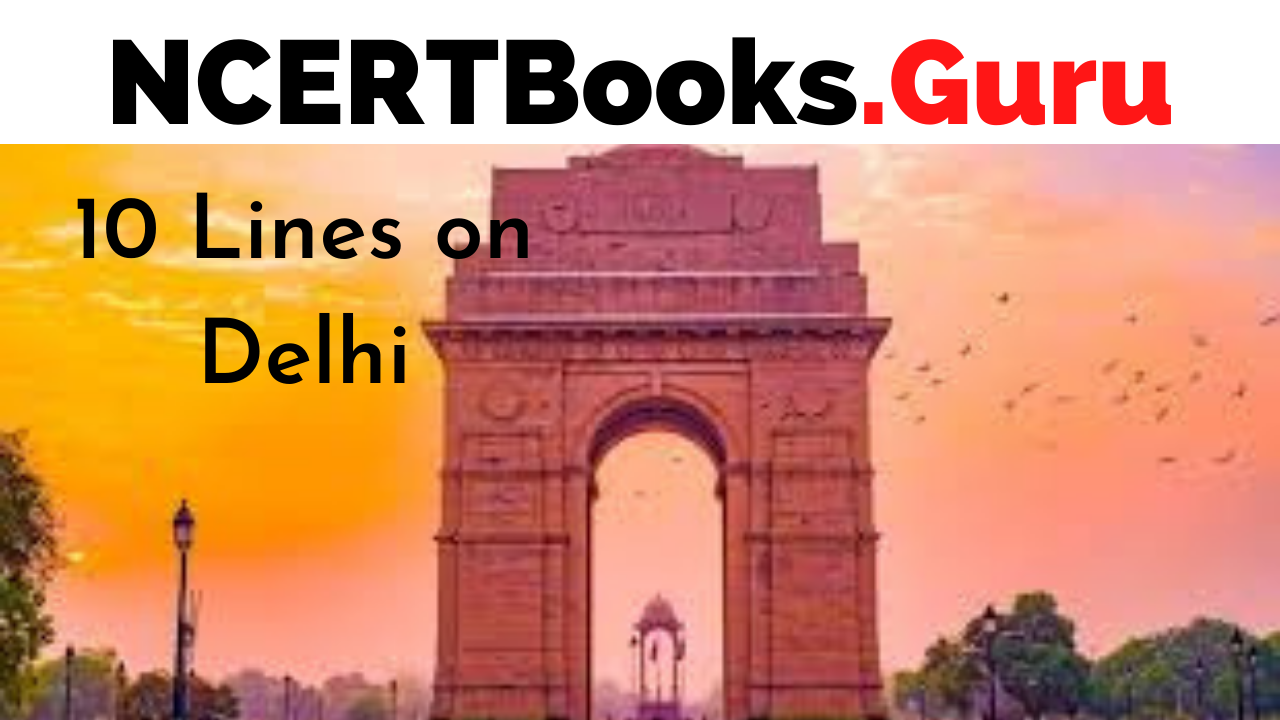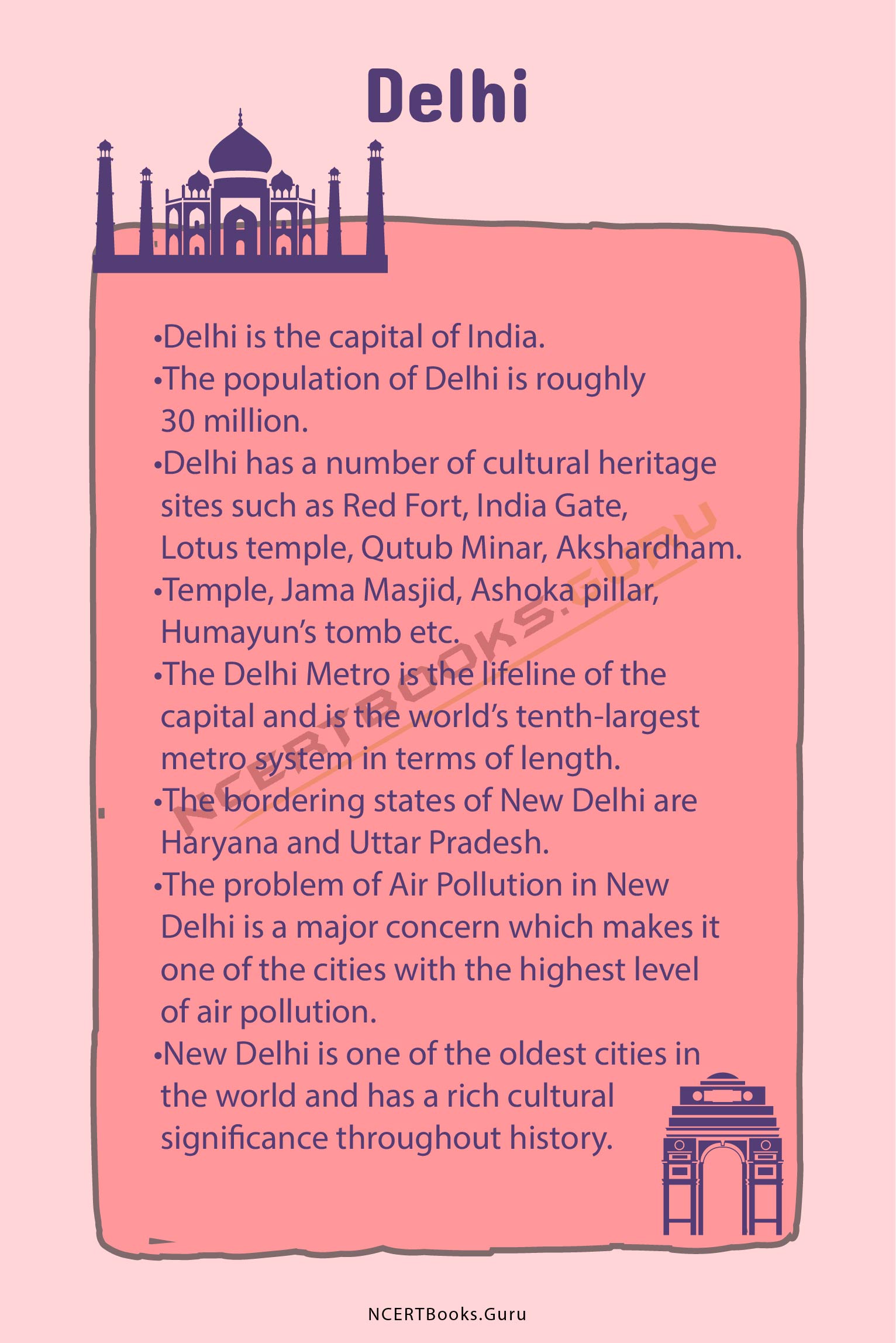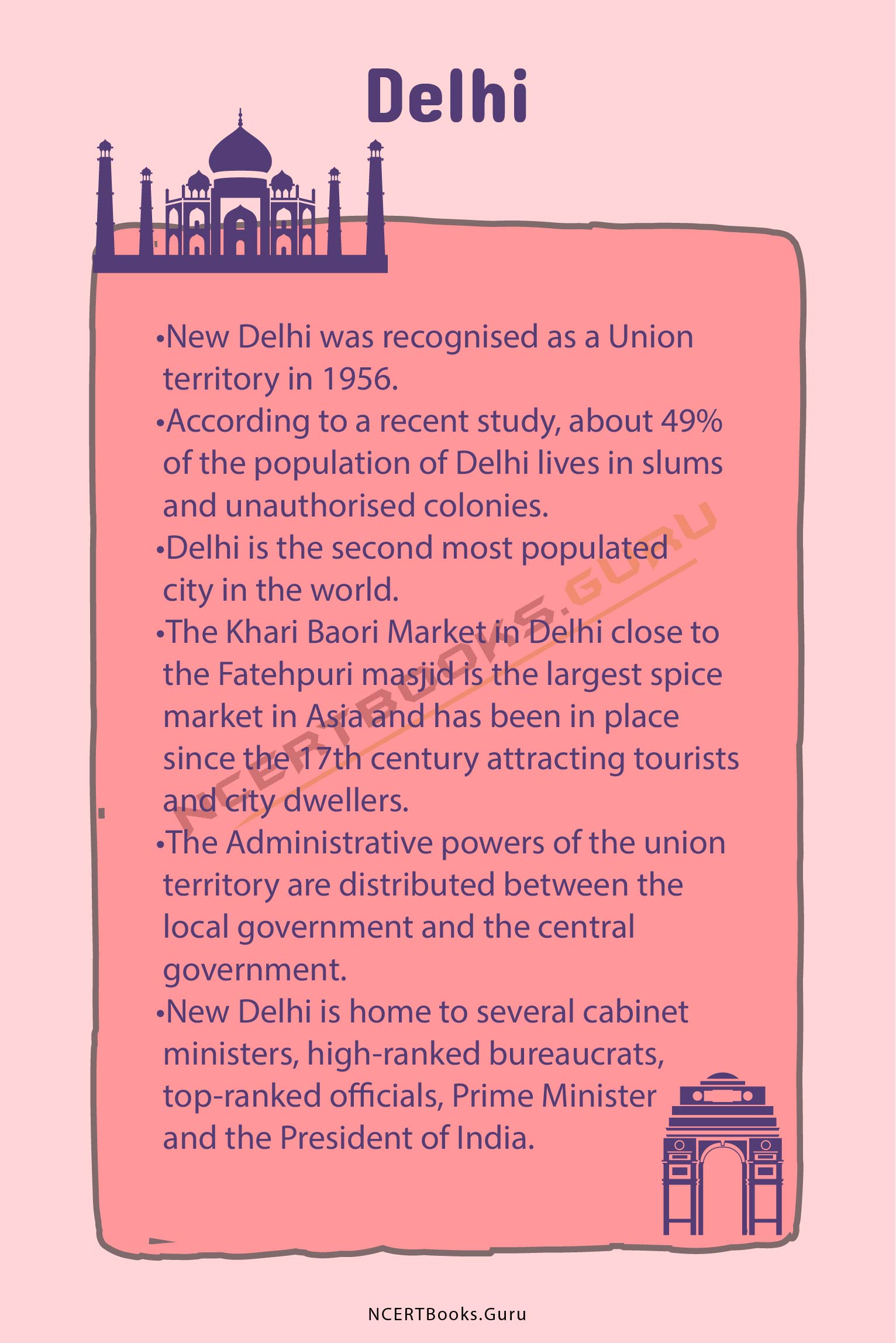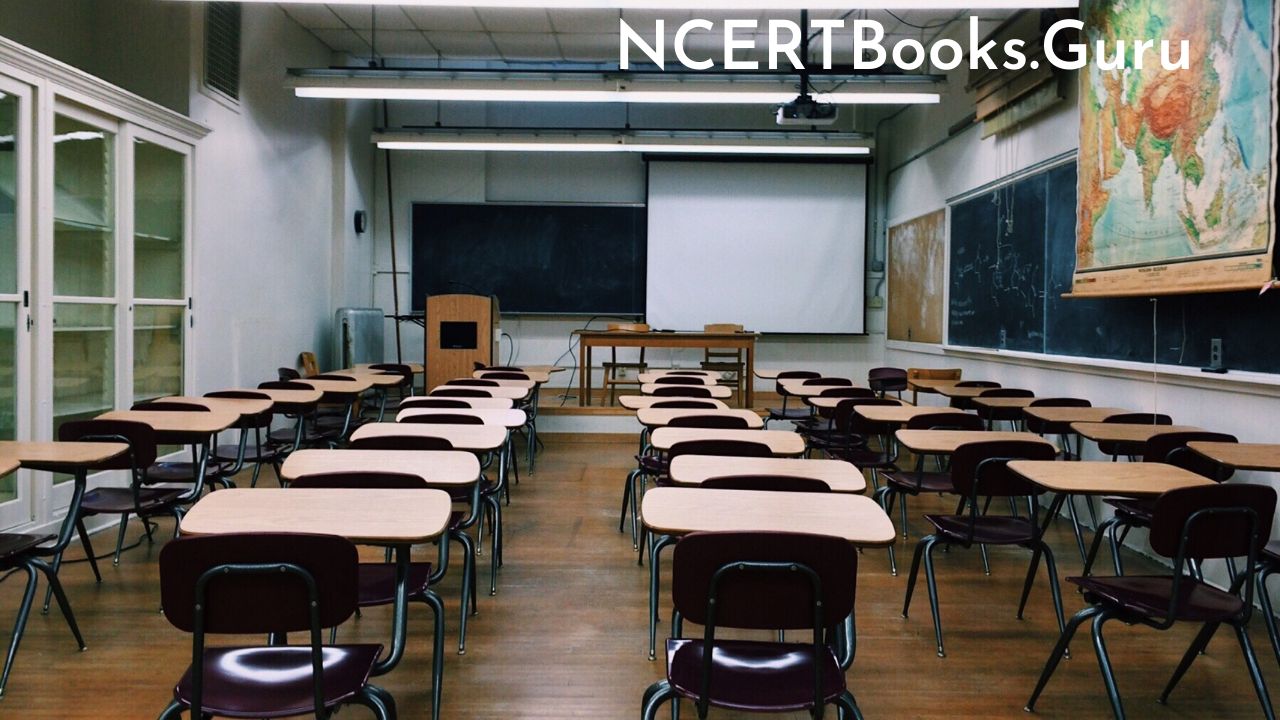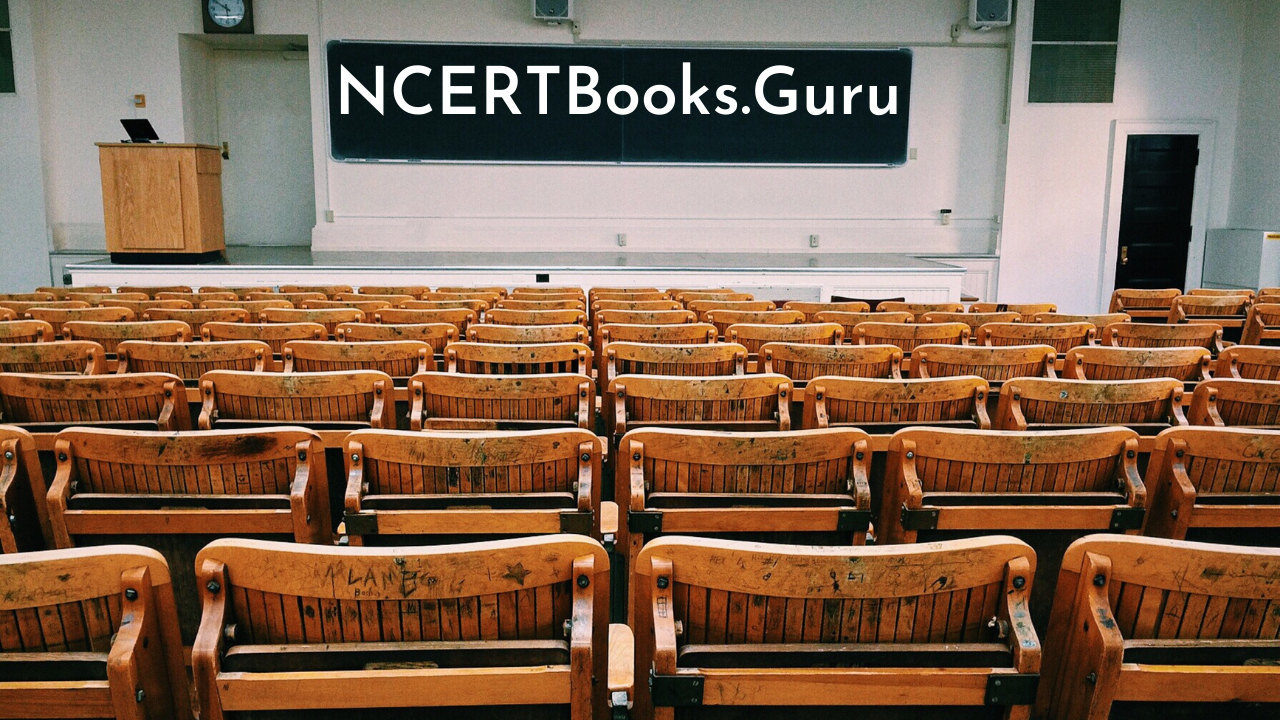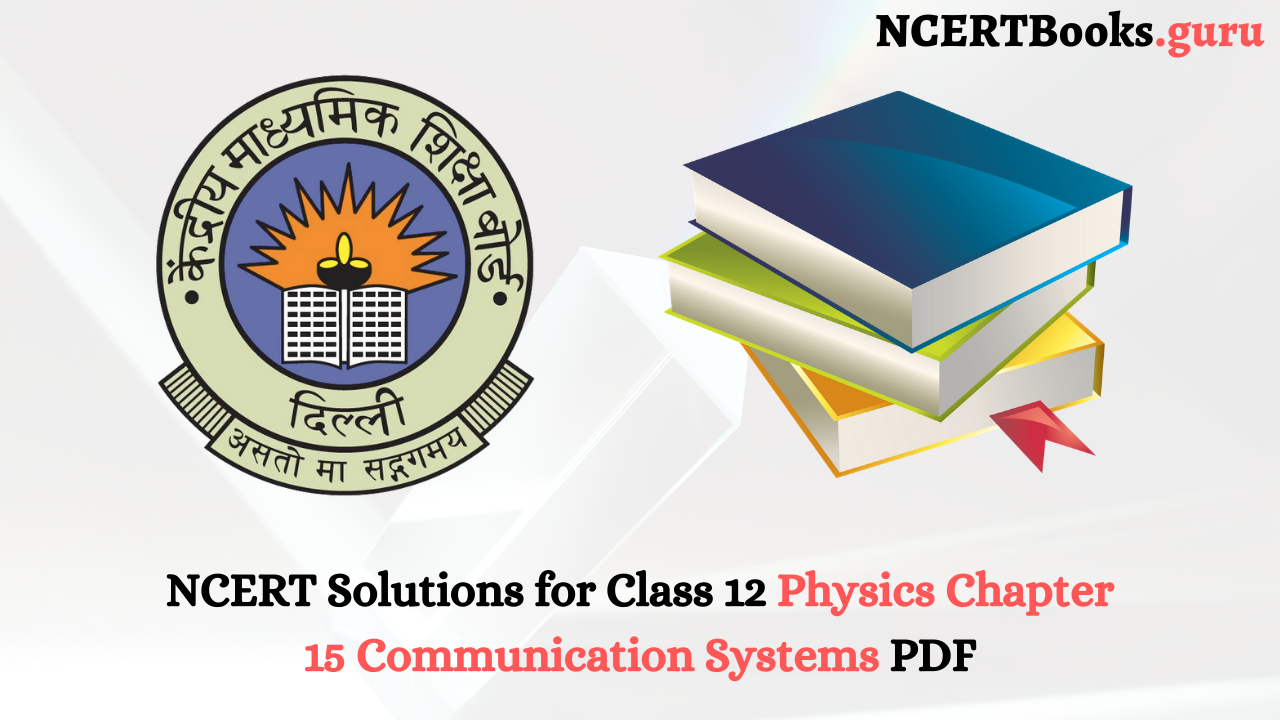KPSC KAS Books: The KPSC KAS exam is officially known as the Gazetted Probationers Exam (GPE) to fill the Group A and Group B vacancies in the Karnataka State Administration.
The KPSC KAS examination is a two-step public service exam conducted by the Karnataka Government-
- Preliminary stage and
- Main stage
which tests aspirant’s conceptual and factual informational abilities.
For students aspiring to participate in the KPSC KAS examination, this article provides a detailed exam preparation strategy and a comprehensive booklist for the ongoing stages of the study.
KPSC KAS Books and Reference Materials
The KPSC KAS examination is an annual Gazetted Probationers Exam (GPE) conducted to select eligible contenders for the various Group I and Group II posts in the various administrative departments of the State.
The KPSC KAS examination tests candidates with questions related to the background of an event and the current affairs of the State and country. Therefore, participating candidates should pay more attention to the current affairs of the State and country.
The only way to ace the KPSC KAS examination is through thorough preparation. Books, reference materials, notes, and sample papers play a vital role in fostering a strong base. Therefore, candidates should understand and refer to all the topics that fall under the KPSC KAS curriculum before commencing with the preparation. Students can refer to the KPSC KAS books and study materials as a few topics under the curriculum may be confusing and also to guide their practice.
- KPSC KAS Syllabus
- KPSC KAS Notes and Books
- KPSC KAS Study Materials
- Conclusion
KPSC KAS Syllabus
The KPSC KAS exam, like the other civil service exams, offers a three-set curriculum- the Preliminary KPSC KAS paper, the Main KPSC KAS Paper, and the Interview set. The detailed and structured curriculum for both the steps of the KPSC KAS exam is as follows-
KPSC KAS Preliminary Paper
The KPSC KAS Preliminary Paper holds two generic papers- Paper I and Paper-II. Both the papers consist of objective type MCQ questions for 100 marks with 0.25 negative marking. Paper-I and Paper-II are for two hours.
The level of Mental Ability questions for the KPSC KAS Preliminary Syllabus will be of the SSLC level (standard X). The remaining questions in the prelims will be of the Degree level. The structured curriculum for KPSC KAS Prelims are as follows-
Paper One: General Studies Part-I
Paper-I holds two sections- Section-I comprises 40 questions from General Studies (both of National and International Importance). Section-II comprises 60 questions from Humanities. The detailed curriculum structure for Paper-I is as follows-
| Subject | Topics or Concepts |
| Indian History |
|
| Polity and Indian Economy |
|
| Current Affairs |
|
| Indian and World Geography |
|
Paper Two – General Studies Part-II
Paper-II holds three sections- Section-I comprises 40 questions based on General Studies (State Importance). Section-II Comprises 30 questions from General Science and Technology along with Environment and Ecology. Section-III Comprises 30 questions on General Mental Ability. The detailed curriculum structure for Paper-I is as follows-
| Section-I | Section-II | Section-III |
| Current events based on the State Government |
|
Comprehension |
| Important State Government schemes | Environment and Ecology
|
Basic numeracy |
| Data interpretation and its concepts based on Charts, Data sufficiency, Graphs, Tables, etc. | ||
| Logical reasoning and analytical ability |
KPSC KAS Main Paper
The KPSC KAS Mains holds a total of nine theory papers out of which two papers are Language paper- Kannada and English Language that are qualifying in nature. The remaining papers fall under the merit-ranking category. The structured curriculum for KPSC KAS Mains are as follows-
Qualifying Papers- Language papers- Kannada and English, fall under the Qualifying Category. Each paper holds 35 percent of the qualifying criteria and is for 150 marks for a period of two hours. Both the Kannada and English Language qualifying papers aim to test the candidate’s ability to read, understand and express in the given language.
| Kannada Papers | English Papers |
| Precis writing Short Essay Writing Comprehension Communicational Skills Usage of words Vocabulary |
Precis writing Short Essay Writing Comprehension Communicational Skills Usage of words Vocabulary |
The merit-Ranking category consist of seven papers
- Essay type Questions
- General Studies Part-I
- General Studies Part-II
- General Studies Part-III
- General Studies Part-IV
- Optional Paper Part-I
- Optional Paper Part-II
The Essay Paper is for 250 marks and a period of three hours. The Essay papers hold two questions- either for Kannada or English, each for 125 marks. The first topic will be on an issue of National or International Importance, and the second topic will be based on the State or Local issues.
Each General Studies Paper comprises three sections for 250 marks for three hours. The KPSC KAS curriculum for the General Studies papers in the Main exam is given in the table below:
| General Paper-I | Section I: Cultural Heritage and History of Karnataka and India Section II: Political and Social Perspective Section III: Planning, Indian Economy, Rural Development- Data Collection, Analysis and Interpretation |
| General Paper-II | Section I: Natural Resources and Physical Features Section II: An Overview of the Indian Constitution Section III: International Relations, Public Administration and Management |
| General Paper-III | Section I: Role or Impact of Science and Technology in Indian Development, and the Information Technology in Public Domain Section II: Modern trends and Advancements in Life Sciences, Natural Sciences, Agriculture Science, Hygiene and Health Section III: Issues and Challenges of Development on Ecology and Environment |
| General Paper-IV | Section I: Ethics Section II: Integrity Section III: Aptitude |
For optional papers, candidates have to choose any one of the subjects.
KPSC KAS Notes and Books
The KPSC KAS exam is a civil services examination conducted by the Karnataka Government to recruit eligible candidates for several Group A and Group B posts. The KPSC KAS exam is vital, and the standard of papers test the subject knowledge and current affairs of the participating candidates. With exemplary performance, the KAS officers can also be promoted to IAS officers.
The subject-wise break-up of the best books for Kannada medium aspirants that aid the preparation for the Karnataka state-related topics or questions in the KPSC KAS exam are as follows:
| Subject | Recommended Books |
| Internal Relations | Book by N Halappa |
| History |
|
| Environment and Ecology |
|
| Magazines |
|
| Geography |
|
| Polity |
|
KPSC KAS Study Materials
The KPSC KAS exam is a civil services examination conducted by the Karnataka Government to recruit eligible candidates in various Group I and Group II posts in the State Administration. The KPSC KAS exam is vital, and the standard of papers tests a candidate’s knowledge on the subject and current events about State and the country.
Apart from subjects books, candidates should refer and practice various other study materials such as the NCERT Notes. Candidates can also download the NCERT notes from the official website for thorough preparation for the KPSC KAS exam. Given below are a list of a few of the recommended KPSC KAS preparation materials that aid the reference and practice:
- Budget and Economic Surveys
- State Board books
- NCERT books
As stated earlier, NCERT books are of valuable help and are universally recommended for starters or beginners preparing for any of the Civil Services examinations. Candidates can even segregate and jolt down points from the NCERT books as it helps during the time of revision. A few of the recommended NCERT books for the KPSC KAS examination as are follows-
- NCERT Notes on Ancient Indian History Notes
- NCERT Notes on Art And Culture
- NCERT Notes on Medieval Indian History Notes
- NCERT Notes on Geography Notes
- NCERT Notes on Modern Indian History Notes
Candidates can also refer to the subject-based notes either in English or Kannada such as
- Environment Notes
- Polity Notes
- Science and Technology Notes
- Economics Notes and
- Other Vital Study Materials
are required for the holistic KPSC KAS exam preparation provided on credible websites.
Notes are essential sources for any of the civil service exams as well as for other State Service Exams as they provide a brief yet important take on every subject. Additional study materials make preparation easy and less confusing. A few of the available subject-based notes available below-
- Polity Notes
- Differences Between Articles
- Economics Notes
- Science and Technology Notes
- Environment Notes
Current Affairs play a significant role in any of the civil service examinations. The golden rule for any of the State or Central-based civil service exam preparation is a daily dose of the newspaper and staying up-to-date with the State as well as current Central affairs.
A few essential sources for current affair preparation are-
- Newspapers- The Hindu or The New Indian Express
- Press Information Bureau
- Rajya Sabha TV
- Yojana Magazine
- Daily News Analysis
- Government Schemes
Conclusion on KPSC KAS Books
The KPSC KAS exam is a well-known civil service examination conducted by the Karnataka Administration for various Group I and Group II posts. A few of the best and highly recommended Books, Notes, and Study Materials mentioned above aim to help the aspiring candidates at the time of preparations. Candidates can refer and practice from the provided KPSC KAS Books, Notes and Study materials from this article.
FAQ’s on KPSC KAS Books
Question 1.
What is the KPSC KAS examination?
Answer:
The Karnataka Public Service Commission (KPSC) is a well-known recruiting agency for various administrative service posts in the State of Karnataka. The KPSC KAS is an annual competitive and departmental examination conducted for filling the Group A, Group B, and Group C vacancies in the state machinery.
Question 2.
How does one prepare for the current affairs in the KPSC KAS exam?
Answer:
Current Affairs play a significant role in any of the civil service examinations. Candidates should have a daily update of the newspaper and stay up-to-date with the State as well as current Central affairs. A few essential sources for current affair preparation are
- Newspapers- The Hindu or The New Indian Express
- Press Information Bureau
- Rajya Sabha TV
- Yojana Magazine
- Daily News Analysis
- Government Schemes
Question 3.
How many Papers do the Merit-Ranking paper in the KPSC KAS Mains paper hold?
Answer:
The merit-Ranking category consists of seven papers
- Essay type Questions
- General Studies Part-I
- General Studies Part-II
- General Studies Part-III
- General Studies Part-IV
- Optional Paper Part-I
- Optional Paper Part-II
The Essay Paper is for 250 marks and a period of three hours. The Essay papers hold two questions- either for Kannada or English, each for 125 marks. The first topic will be on an issue of National or International Importance, and the second topic will be based on the State or Local issues. Each General Studies Paper comprises three sections for 250 marks for three hours.
Question 4.
What are a few preparation tips that aid the KPSC KAS exam preparation?
Answer:
A few tips that boost the KPSC KAS exam preparation are
- Practising and solving previous years’ question papers
- Solving subject-wise MCQs for KPSC KAS Preliminary exam
- Practising answer writing for KPSC KAS Main exam.
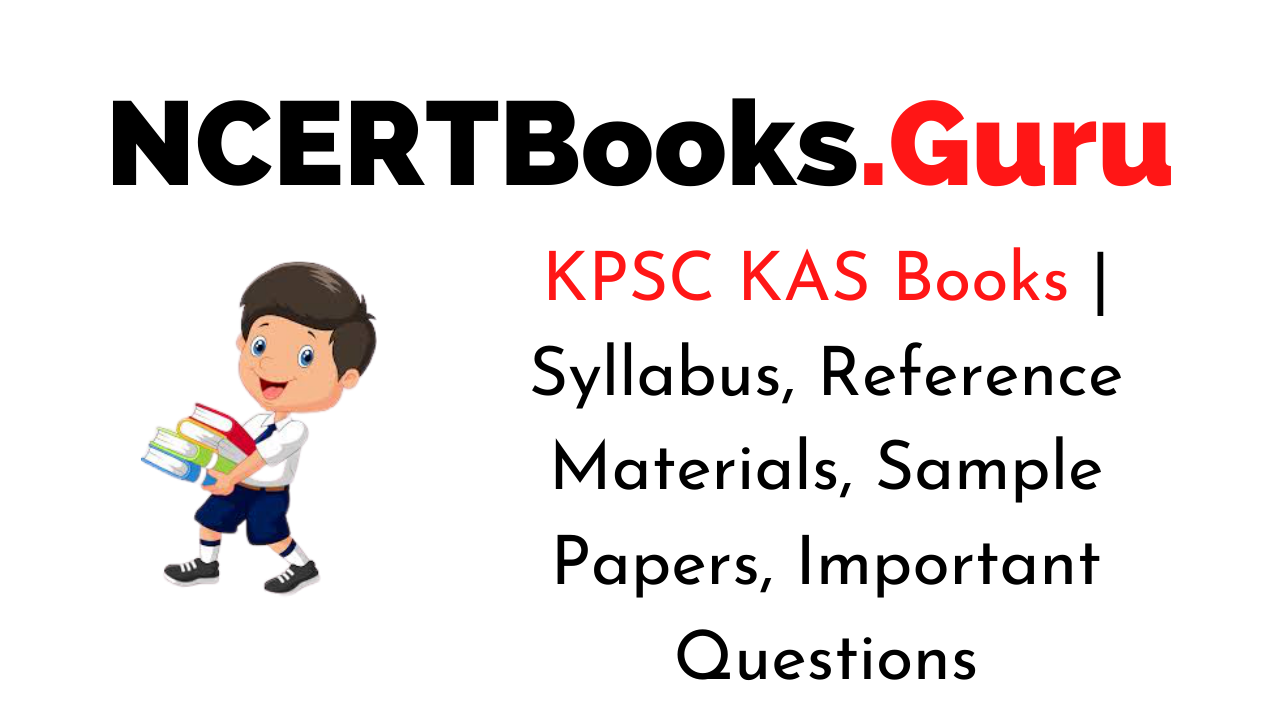
![BSE International Finance Olympiad [BIFO]](https://www.ncertbooks.guru/wp-content/uploads/2020/09/BSE-International-Finance-Olympiad-BIFO.png)
